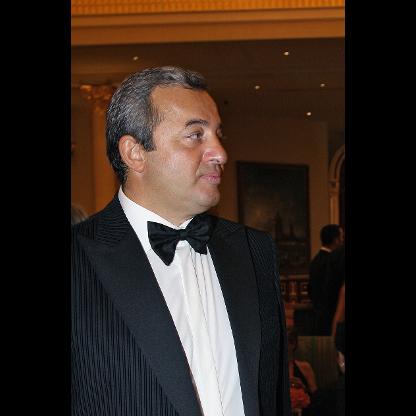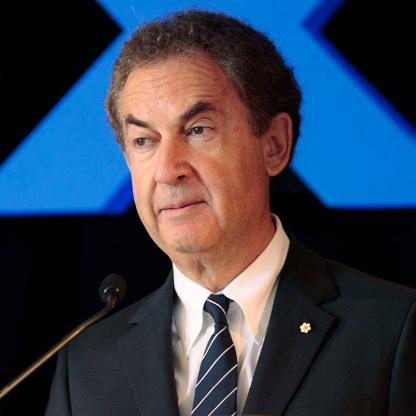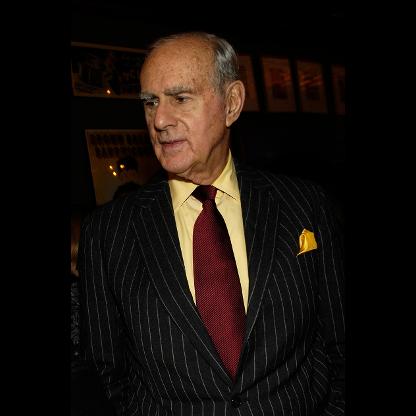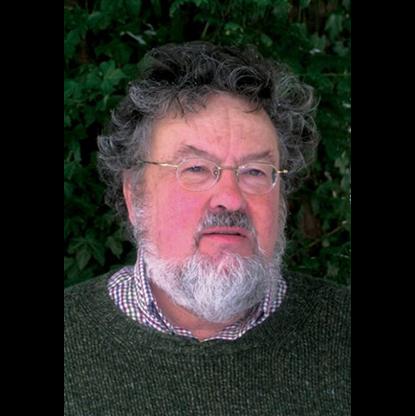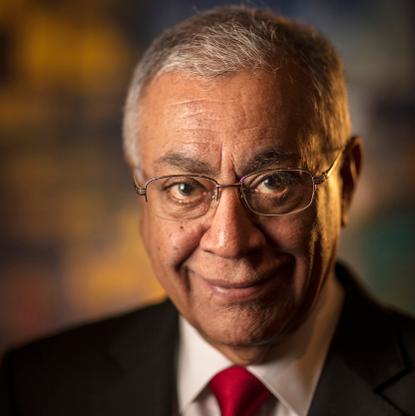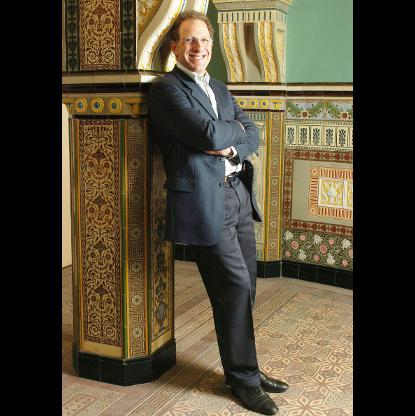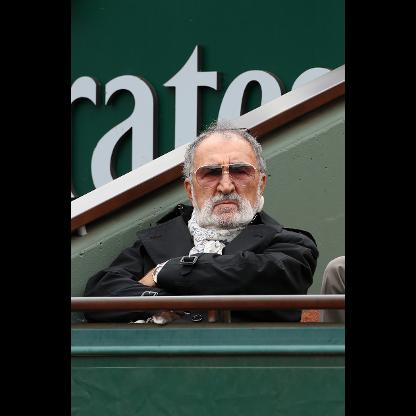In 1968, with the departure of Arthur Carter, the firm was renamed Cogan, Berlind, Weill & Levitt (Marshall Cogan, Arthur Levitt), or CBWL jokingly referred to on Wall Street as "Corned Beef With Lettuce". Weill served as the firm's Chairman from 1965 to 1984, a period in which it completed over 15 acquisitions to become the country’s second largest securities brokerage firm. The company became CBWL-Hayden, Stone, Inc. in 1970; Hayden Stone, Inc. in 1972; Shearson Hayden Stone in 1974, when it merged with Shearson Hammill & Co.; and Shearson Loeb Rhoades in 1979, when it merged with Loeb, Rhoades, Hornblower & Co.
